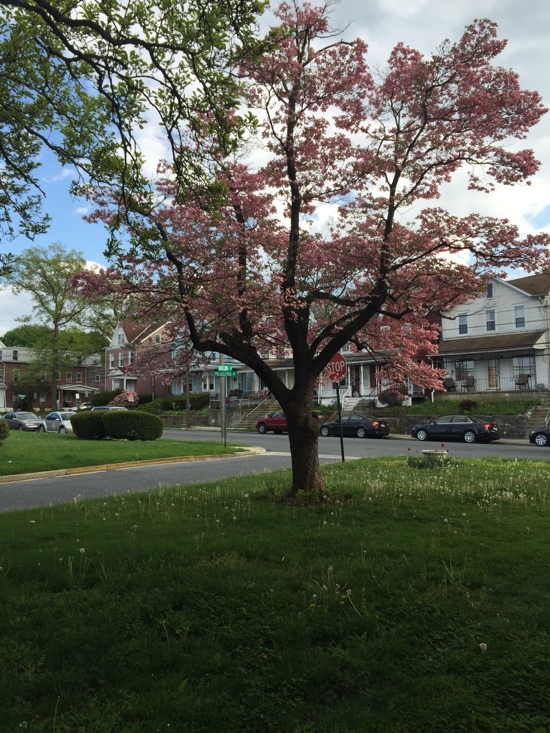Jim Chatfield, a horticultural educator with Ohio State University Extension, referenced T.S. Eliot and John Updike in his column, “Plant Lovers’ Almanac: Spring and its blooms have finally arrived.”
After alluding to Eliot’s famous reference to spring as “the cruelest month,” he wrote, of Updike,
“Dogwoods were important to one of my favorite writers, John Updike (1932-2009). In his 1965 autobiographical essay ‘The Dogwood Tree: A Boyhood’ he wrote:
“‘When I was born, my parents and my mother’s parents planted a dogwood tree in the side yard of the large white house in which we lived throughout my boyhood. This tree . . . was, in a sense, me.’
“This Shillington, Pa., tree was actually planted on John’s first birthday, according to his mother. John Updike wrote in 1965 that ‘My dogwood tree still stands in the side yard, taller than ever . . .’ and it still lives today.”
It might interest Prof. Chatfield to know that The John Updike Society is cultivating a cutting/graft taken from the still-thriving dogwood, since the tree has already lived longer than the typical pink dogwood. So when it does finally die, as all organic things must, a clone of it will grow in its place. Below is a photo of Updike’s dogwood, taken this past week by Dr. Susan Guay, director of The John Updike Childhood Home at 117 Philadelphia Ave. in Shillington.

